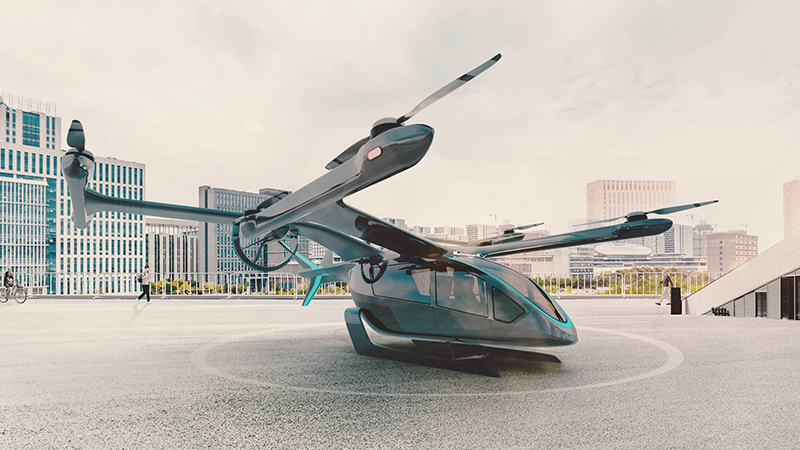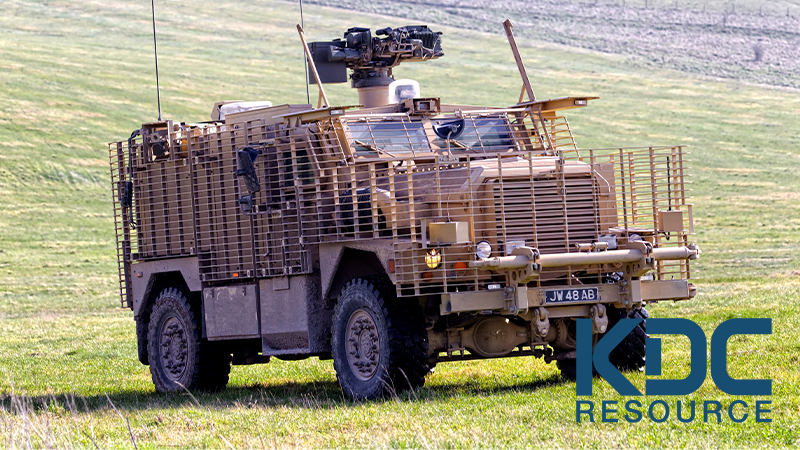

Image Courtesy: BAE
It is no secret that military technology trickles down into the civilian sector, whether it is something as long-standing as radar or something more “modern” like GPS.
One area where this will likely happen again is in the eVTOL industry.
Last year, we wrote about how incorporating eVTOLs into the military could give the sector a much-needed boost.
Now, let us look at how military influence could advance eVTOL technology to stages necessary for commercial viability.
The most obvious way military integration will influence eVTOL technology is through money.
Despite various eVTOL companies exceeding the billion-dollar mark in their IPOs, these figures pale in comparison to the US military’s annual budget, which sat around $766 billion in 2020.
Money means the ability to experiment and is the cornerstone of real innovation.
Considering the rounds of funding we have seen eVTOL companies go through, it is clear that money is a vital component of developing disruptive technology.
Then there are the military’s potential uses cases, which could impact everything from managing environmental conditions to developing long-term battery technology.
For example, if the US military needed an eVTOL to transport troops in a desert setting, it would need to focus on environmental factors such as wind, heat, and the presence of dust.
As we have stated previously, these factors are instrumental in the development of viable eVTOLs.
In short, the integration of eVTOLs into the military will advance everything from hardware development to flight approval.
The military is (in the US at least) an incredibly powerful force, and its influence on eVTOL technology will not be difficult to spot.
The goal of military technology is to remain one step ahead of the enemy, leading to a constant drive for innovation.
Everything from digital cameras, duct tape and canned food can trace its origin back to military development.
Of course, we cannot overlook military influence on radar, which went from weather detection to war-changing technology in a matter of years.
In an interesting twist, it has now reversed roles, with civilian institutions often using military-grade radar.
Drones are another prime example, which started as unmanned aerial vehicles (UAV) in the 19th century before finding military purpose in WWII.
Since the 1990s, UAVs and drones have featured in many military strategies, most notably the US’s.
The civilian boom of drone technology hardly needs addressing, as we now use them for everything from package delivery and field mapping to real estate photography and commercial cinematography.
Finally, there is battery technology, arguably one of the final barriers in eVTOL technology.
While the lithium-ion battery is a civilian invention, its use in the military was fundamental for many modern advances.
In 2004, a NATO soldier could consume around 500Wh during a 72-hour deployment, and it is fair to assume this figure has grown exponentially since then.
As such, military influence will be exactly what commercial industries need to unlock the next battery revolution.
It is only a matter of time before energy storage improves, and military reliance on wearable computers will hopefully soon be reflected in civilian industries.
Military intervention in eVTOL technology could hold the key to unlocking the industry’s commercial future.
Whether both branches will develop in sync is another matter we will have to monitor closely.
It will be an exciting time, and we would love to hear your thoughts.
What do you think is the most important technology that the military can help develop?

